Rajgundha Valley Trek Overview: Everything You Need to Know

The Rajgundha Valley Trek is one of those hidden gems that combines natural beauty, easy trails, and peaceful surroundings. If you're dreaming of trekking through the majestic Himalayas but want something off the beaten path, this is the trek for you. It's perfect for beginners and experienced hikers alike, with plenty of stunning views, local culture, and adventure along the way.
Let’s break it down so you’ll have everything you need to know before setting off.
1. Where Is Rajgundha Valley?
Rajgundha Valley is tucked away in the Kangra district of Himachal Pradesh, India. It’s part of the Dhauladhar range in the Himalayas, known for its lush green valleys, forested trails, and panoramic mountain views. The trek offers a peaceful escape from the more crowded trekking spots like Triund or Manali. You won’t be battling big crowds, which makes the experience even more special.
2. How Long Is the Trek?
The trek to Rajgundha Valley is fairly easy, covering about 12 to 15 kilometers in total, depending on your starting point. It typically takes 2 days, with one night spent camping or staying in homestays in the valley.
- Day 1: You’ll begin from Barot or Billing and trek about 8 to 9 kilometers to Rajgundha. Along the way, you’ll cross through beautiful forests and small streams.
- Day 2: From Rajgundha, you can trek another 5 to 6 kilometers, either toward Palachak or back to Billing, depending on your plan.
This makes it ideal for those who are new to trekking or want a short, refreshing hike without the extreme challenges.
3. Starting Points: Barot or Billing?
You have two options for where to start your trek:
- Option 1: Barot: Barot is a serene village nestled by the Uhl River, about a 4-hour drive from Dharamshala. The trek from Barot is slightly longer but gentler, following a beautiful path through forested hills.
- Option 2: Billing: If you’ve heard of Bir Billing for paragliding, you know it’s a popular adventure spot. Starting from Billing gives you an amazing head start at a higher altitude, and the trek to Rajgundha is shorter and a bit steeper, but manageable.
Best Time to Visit Rajgundha Valley
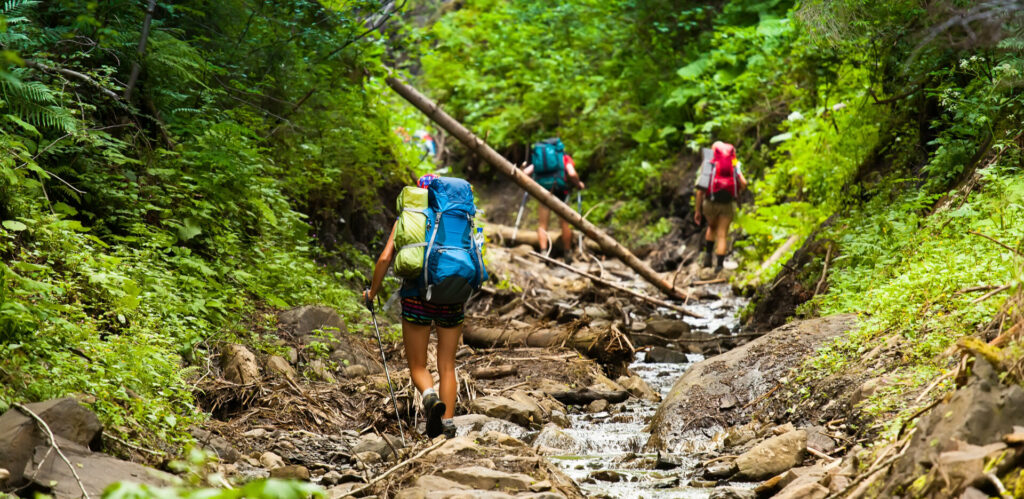
1. March to June: Spring to Early Summer (The Ideal Time)
The spring to early summer months (March through June) are hands down the best time to visit Rajgundha Valley. As the snow melts from the winter months, the valley blooms with vibrant wildflowers, and the entire landscape is lush and green. The temperatures are mild, making it perfect for trekking, with daytime highs ranging between 15°C to 25°C (59°F to 77°F). The air is crisp, but not too chilly, so you’ll feel comfortable trekking all day.
2. July to September: Monsoon Season (Not Recommended)
Rajgundha Valley gets a lot of rainfall during the monsoon season, which typically runs from July to September. Trekking during this time is not recommended due to the heavy rain, which can make the trails slippery and prone to landslides. The thick clouds also obscure the stunning views of the Dhauladhar range, which is one of the main reasons people come to Rajgundha in the first place.
3. October to November: Autumn (A Second Best)
After the monsoon season, autumn brings clear skies, crisp air, and another excellent opportunity to explore Rajgundha. October and November are perfect months if you’re looking for cooler trekking conditions without the crowds. The skies are crystal clear, offering breathtaking views of the snow-capped Dhauladhar peaks. Temperatures during the day are comfortable, around 10°C to 20°C (50°F to 68°F), but nights start to get chilly, sometimes dropping below 0°C (32°F) in November.
4. December to February: Winter (Challenging but Rewarding)
Visiting Rajgundha Valley in the winter is for more seasoned trekkers. From December to February, the valley is blanketed in snow, transforming it into a winter wonderland. If you love snow and don’t mind trekking in the cold, this season offers a completely different experience. The solitude and beauty of the snow-covered trails are unbeatable, but the temperatures can drop to -5°C (23°F) or lower at night.
How to Reach Rajgundha Valley
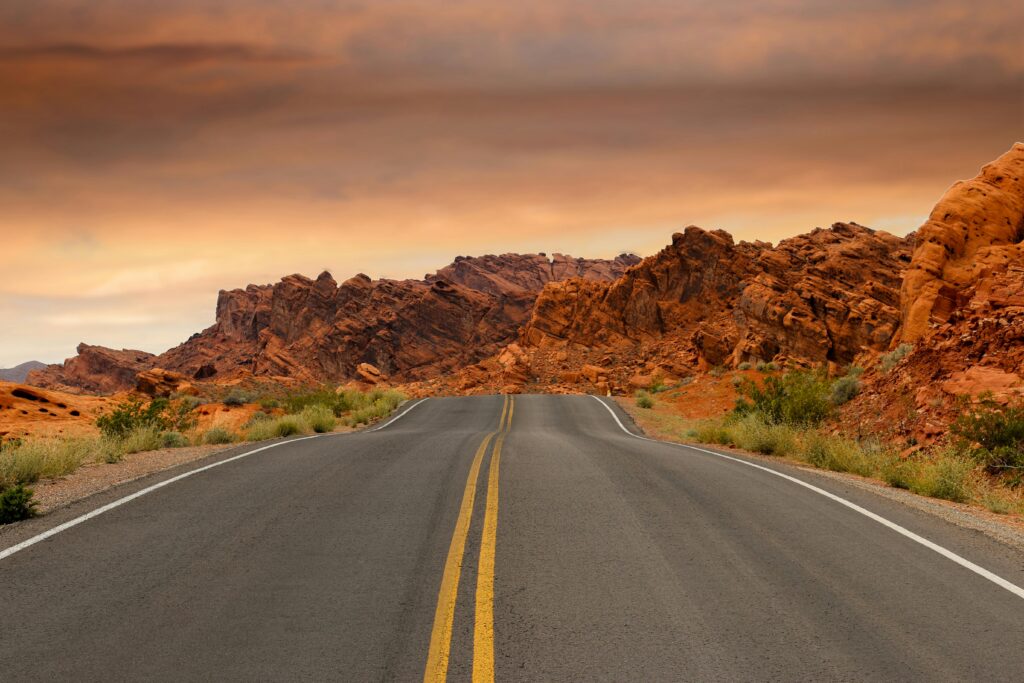
1. How to Get to Rajgundha Valley from Delhi
From Delhi, you have multiple travel options to reach Rajgundha Valley, but all routes lead through Bir or Barot, the main access points to the valley.
- By Road:
- Delhi to Bir: You can drive or take a bus from Delhi to Bir, which is about 500 kilometers. If driving, it will take roughly 10-12 hours, depending on traffic. The NH44 route via Ambala and Una is the most straightforward, though you can also travel via Chandigarh.
- Bus: If you're taking the bus, look for overnight Volvo buses that leave from ISBT Kashmiri Gate in Delhi to Bir or Baijnath. The buses are comfortable and drop you close to your destination. Once in Bir, it’s just a short 1-2 hour drive to the trek starting point.
- By Train:
- Take a train from New Delhi Railway Station to Pathankot. From Pathankot, it’s another 4-5 hour drive to Bir. You can hire a taxi or take a local bus from Pathankot to Bir. While the train journey takes longer (about 10-12 hours), it’s scenic and comfortable.
- By Air:
- The nearest airport to Rajgundha is Gaggal Airport in Dharamshala, which is about 2-3 hours from Bir by taxi or bus. Flights from Delhi to Dharamshala are frequent and take about 1.5 hours. Once in Dharamshala, you can hire a taxi or take a bus to Bir and begin your journey toward Rajgundha.
2. How to Get to Rajgundha Valley from Manali
Manali is a popular starting point for many treks in Himachal Pradesh, including Rajgundha.
- By Road:
- The easiest way to reach Rajgundha from Manali is by taking a taxi or bus to Barot. The journey will take about 5-6 hours and passes through scenic mountain roads. From Barot, the trek to Rajgundha is around 12-14 kilometers, and you can either hike or take a local shared jeep.
- Alternatively, you can drive from Manali to Bir (approximately 6-7 hours) and start the trek from there. It’s a bit longer, but Bir is the more popular route for trekkers heading to Rajgundha.
- Bus Option:
- There are regular state-run buses that go from Manali to Barot, though they are less frequent. Plan your travel accordingly, or book a taxi if you prefer flexibility. Bus rides take longer but are quite affordable.
3. How to Get to Rajgundha Valley from Dharamshala
Dharamshala is the closest major city to Rajgundha, making it an ideal starting point for your journey.
- By Road:
- From Dharamshala, the quickest way to reach Rajgundha is to take a taxi to Bir. It’s about a 2-3 hour drive through the beautiful Kangra Valley. Once in Bir, you can either begin your trek to Rajgundha or take a jeep to the nearest trailhead.
- Public Transport:
- There are frequent buses that operate between Dharamshala and Bir. These buses are budget-friendly and take about 3-4 hours. Once you arrive in Bir, the rest of your journey follows the same route—either hiking or taking a shared jeep to Rajgundha.
4. Trekking from Bir to Rajgundha
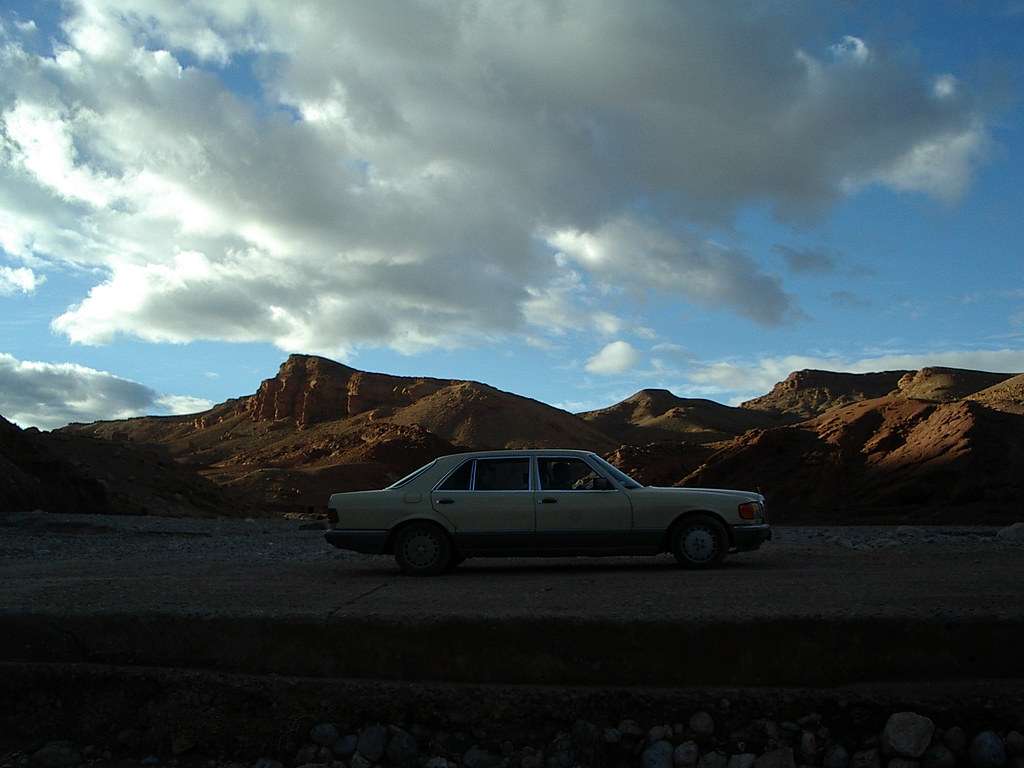
Once you’ve arrived in Bir, the gateway to Rajgundha, you’re almost there! The trek from Bir to Rajgundha is a popular route for adventurers looking to soak in the raw beauty of the mountains. Here’s a breakdown of how to complete the journey:
- Take a Taxi or Jeep:
- From Bir, you can take a taxi or shared jeep to Billing, which is about an hour’s drive. Billing is famous for its paragliding launch site, but it's also the starting point for your trek. The road is bumpy but manageable.
- Trek from Billing:
- The trek from Billing to Rajgundha Valley is around 12 kilometers and takes 4-6 hours, depending on your pace. The trail is moderately easy, with stunning views of the Dhauladhar range and lush valleys. Make sure to carry plenty of water and some snacks, as there are few places to buy food along the trail.
- The route passes through forests and small streams, making it a peaceful and scenic hike. As you approach Rajgundha, you’ll be welcomed by the sight of traditional Himalayan homes and terraced fields.
5. Nearest Airport and Road Connections for Rajgundha Trek
If you're flying, the nearest airport to Rajgundha Valley is Gaggal Airport (also called Kangra Airport) in Dharamshala. From here:
- By Taxi: You can hire a taxi to Bir, which will take around 2-3 hours. From Bir, follow the trek instructions mentioned above.
- By Bus: You can take a bus to Bir from Dharamshala. It’s an economical option but takes a bit longer.
Rajgundha Valley Trek Itinerary: A Day-by-Day Guide
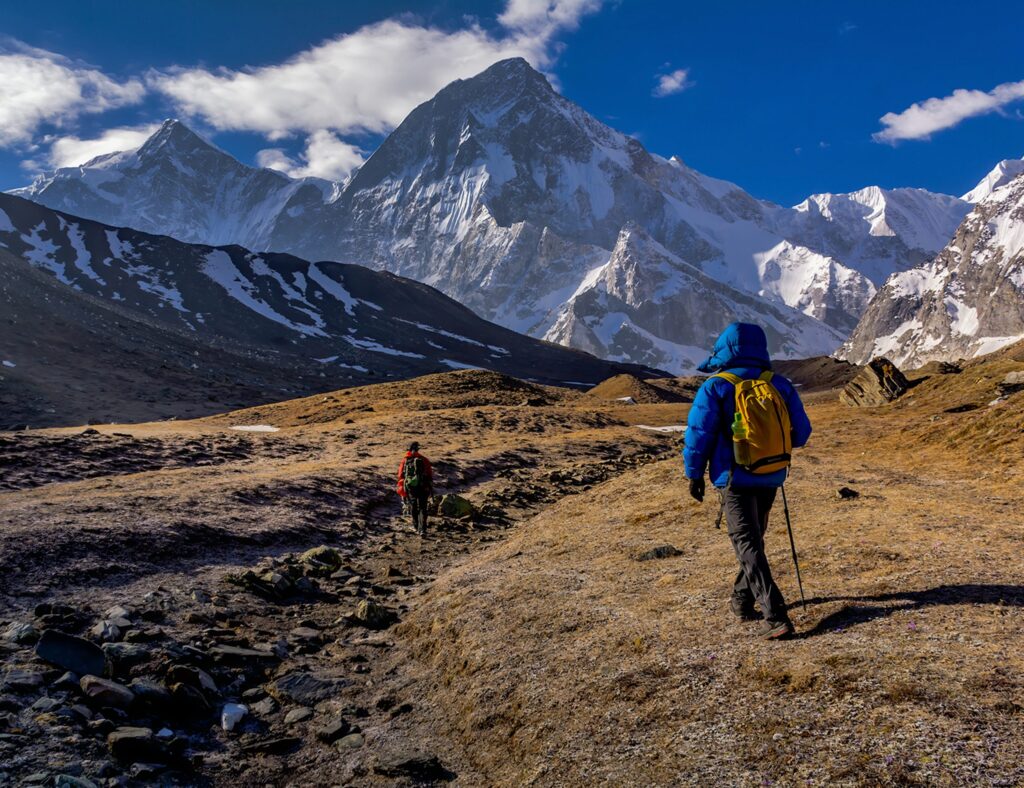
Day 1: Arrival in Bir and Drive to Barot
Your adventure begins in Bir, a quaint little town known for its paragliding scene. Arrive early and soak in the peaceful atmosphere. From Bir, you’ll take a scenic drive to Barot, about 2-3 hours away. The drive will take you through winding roads, past pine forests, and along the Uhl River. Barot is a hidden gem nestled in the heart of Himachal Pradesh, and it's the perfect place to start your trek.
Once you reach Barot, take some time to explore. You can visit the trout fish farms or walk by the river. Spend the night here in one of the cozy guesthouses or homestays. The mountain air is crisp, and the stars seem a little brighter here.
Day 2: Trek from Barot to Rajgundha (6-7 hours)
After breakfast, you’ll start your trek from Barot to Rajgundha. The trail begins with a gentle incline, and you’ll walk through thick forests of deodar, oak, and pine trees. The sound of the river rushing nearby and birds chirping will keep you company as you climb higher.
About halfway through, you'll stop at a small clearing for a break. This is the perfect spot to have a quick snack and catch your breath. The trail will lead you through beautiful meadows, and if you're lucky, you might spot some Himalayan wildlife like langurs or even a musk deer.
As you near Rajgundha, the landscape opens up to reveal stunning views of the surrounding peaks. The village itself is a charming cluster of traditional wooden houses surrounded by terraced fields. The locals here are warm and welcoming, and you’ll feel right at home.
You’ll set up camp or stay in one of the village homestays. Spend the evening enjoying the sunset over the mountains and listening to the distant sounds of cowbells. Dinner is often simple but delicious, with warm dal, rice, and fresh vegetables straight from the fields.
Day 3: Explore Rajgundha Valley and Trek to Billing (4-5 hours)
Wake up early to the sound of birds singing and the sun rising over the mountains. After breakfast, you’ll spend a few hours exploring the valley. Rajgundha is a quiet, serene place, and the surrounding hills are perfect for short hikes. You can visit the local monasteries or simply take a peaceful walk through the fields.
Around midday, you’ll pack up and begin your trek toward Billing. The trail is mostly downhill, and as you descend, you’ll pass through more thick forests and open meadows. The view of the Dhauladhar range is breathtaking along the way.
By late afternoon, you’ll reach Billing, one of the world’s best paragliding spots. If you're feeling adventurous, you can opt for a tandem paragliding flight back down to Bir! If not, you can enjoy the incredible views and catch a jeep back to Bir.
Day 4: Departure from Bir
On your last day, you can take it easy. Bir has a lot to offer, from cute cafes to Tibetan monasteries. Take a walk around the town, enjoy a cup of chai, or visit the Chokling Monastery. If you're interested in Tibetan culture, Bir is a great place to learn more. When you're ready, head back home, taking with you memories of the serene Rajgundha Valley and its stunning landscapes.
Camping and Accommodation in Rajgundha Valley
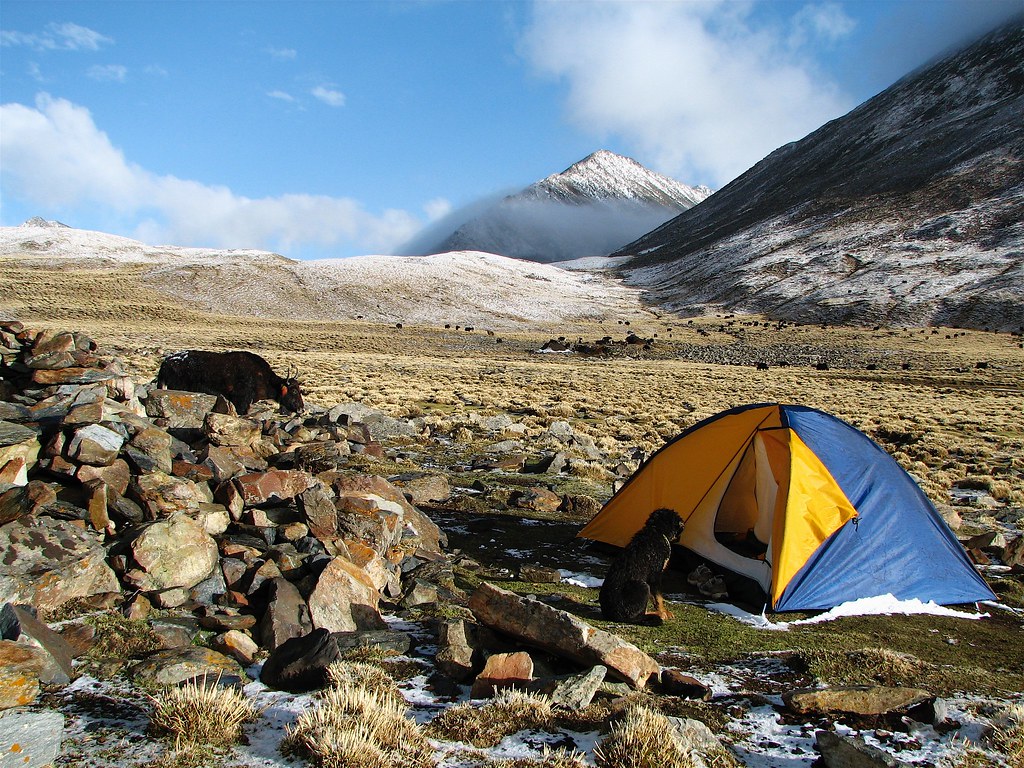
Imagine a magical valley high up in the mountains, where the air is fresh, the grass is green, and the stars shine brighter than anywhere else. Welcome to Rajgundha Valley, a hidden gem nestled in the heart of the Himalayas! This place is perfect for adventurers who love camping, hiking, and staying in cozy homes with friendly locals.
Best Camping Spots on the Rajgundha Trek
- Rajgundha Village
As you set off on your journey, your first stop is the charming Rajgundha Village. Here, you can pitch your tent right by the sparkling river. Imagine waking up to the sound of water flowing and birds chirping! This spot is not only beautiful but also safe, with friendly locals nearby who can help you if you need anything. - Kundra Meadows
A little further along the trek, you’ll find Kundra Meadows. This place is like a giant green carpet dotted with colorful flowers. It's perfect for camping because there’s plenty of space to set up your tents. Plus, the views of the snow-capped peaks surrounding you are absolutely breathtaking! At night, the stars twinkle like diamonds in the sky, making it a perfect spot for storytelling around the campfire. - Laka Glacier
For the more adventurous campers, Laka Glacier is a must-visit! It’s a bit tougher to reach, but once you’re there, you’ll be amazed. Picture camping next to a glacier with ice that sparkles under the sun. This place is a wonderland, but make sure to bring warm clothes because it can get chilly at night.
Homestays and Guesthouses Near Rajgundha
If camping isn’t quite your style, or if you just want a cozy bed to sleep in, Rajgundha Valley has some fantastic homestays and guesthouses:
- Himalayan Homestay
This lovely guesthouse is run by a friendly family who loves to share their culture with visitors. You can enjoy delicious local food made from fresh ingredients. You’ll feel right at home here, and the family will be happy to tell you stories about their life in the mountains. It’s a perfect spot to relax after a long day of hiking! - The Rajgundha Retreat
A bit more luxurious, The Rajgundha Retreat offers comfortable rooms with stunning views of the valley. Here, you can enjoy hot showers and tasty meals. It’s a great place to unwind and plan your next adventure. Plus, the staff is super helpful and can guide you on the best places to explore nearby! - Mountain View Guesthouse
This guesthouse is famous for its beautiful terrace where you can sit and watch the sunset. The owners are very kind and often share tales of their adventures in the mountains. Staying here gives you a chance to meet other travelers and share experiences around the dinner table.
Trekking in Rajgundha Valley: Permits and Rules
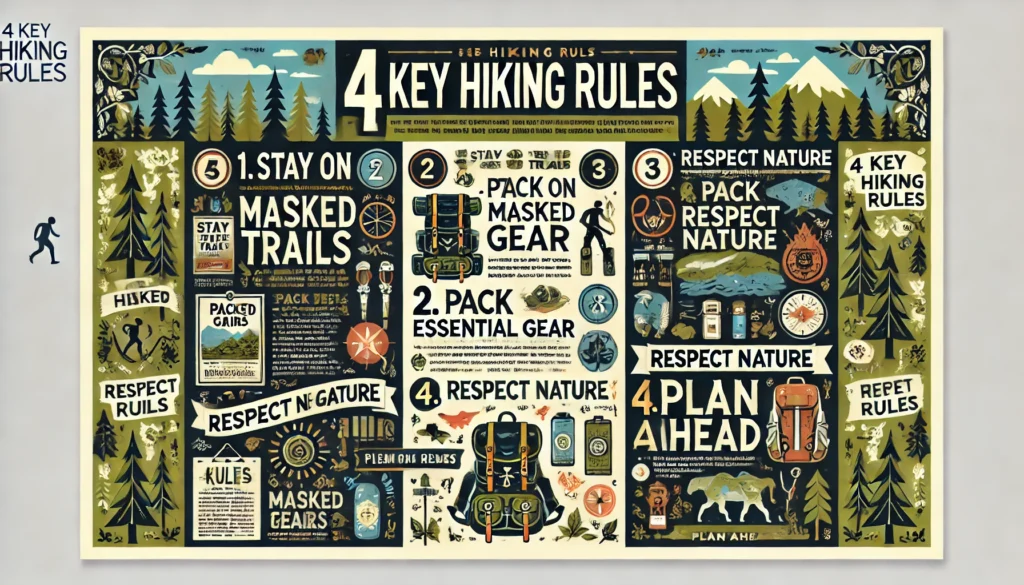
Once upon a time, in the enchanting Rajgundha Valley, where the mountains kiss the sky and the rivers sing songs of adventure, there lived many explorers ready to discover the magic of nature. If you dream of trekking through this beautiful valley, there are some important things to know about permits and the rules to keep everyone safe and happy.
Do You Need Permits for the Rajgundha Valley Trek?
Yes, indeed! Before you embark on your journey to the majestic Rajgundha Valley, you will need to obtain a special document called a permit. Think of it as your golden ticket to explore the wonders of nature!
Where to Get Your Permit: You can easily get your trekking permit from the local forest department office in the nearby town of Bir. The friendly staff there will guide you through the process. They’ll ask you for some basic information, like your name and how many days you plan to trek. It’s usually a simple task, and they will help you fill out the necessary forms.
Cost of the Permit: The cost of the permit is usually quite reasonable, often around a few hundred rupees. It helps the local authorities take care of the environment and ensure the safety of all trekkers.
Rajgundha Trekking Rules and Guidelines
To make sure your adventure is fun and safe, there are some rules to follow while trekking in Rajgundha Valley:
- Respect Nature: The valley is home to many plants and animals. Be gentle with the environment. Avoid picking flowers or disturbing wildlife.
- Stay on the Path: There are marked trails for you to follow. This helps protect the land and ensures you don’t get lost!
- Group Size: It’s best to trek in a group of at least four people. This makes it safer and more enjoyable! If you’re going with your family or friends, everyone can share the excitement together.
- Waste Management: Always carry your trash with you. There are no garbage bins in the mountains, so make sure you leave the place cleaner than you found it!
- Leave No Trace: This is a big motto among trekkers. If you eat snacks or take a break, clean up after yourself. This keeps the valley beautiful for others to enjoy.
- Check Weather Conditions: Before you start your trek, check the weather forecast. Mountains can be tricky, and it’s important to be prepared for sudden changes in weather!
- Follow Local Guidance: There are often local guides available who know the area well. Hiring a guide can enhance your experience, as they can share fascinating stories and help you find the best spots.
- Emergency Contacts: Always carry a phone with emergency numbers saved in it, just in case you need help.
Things to Carry on Rajgundha Trek
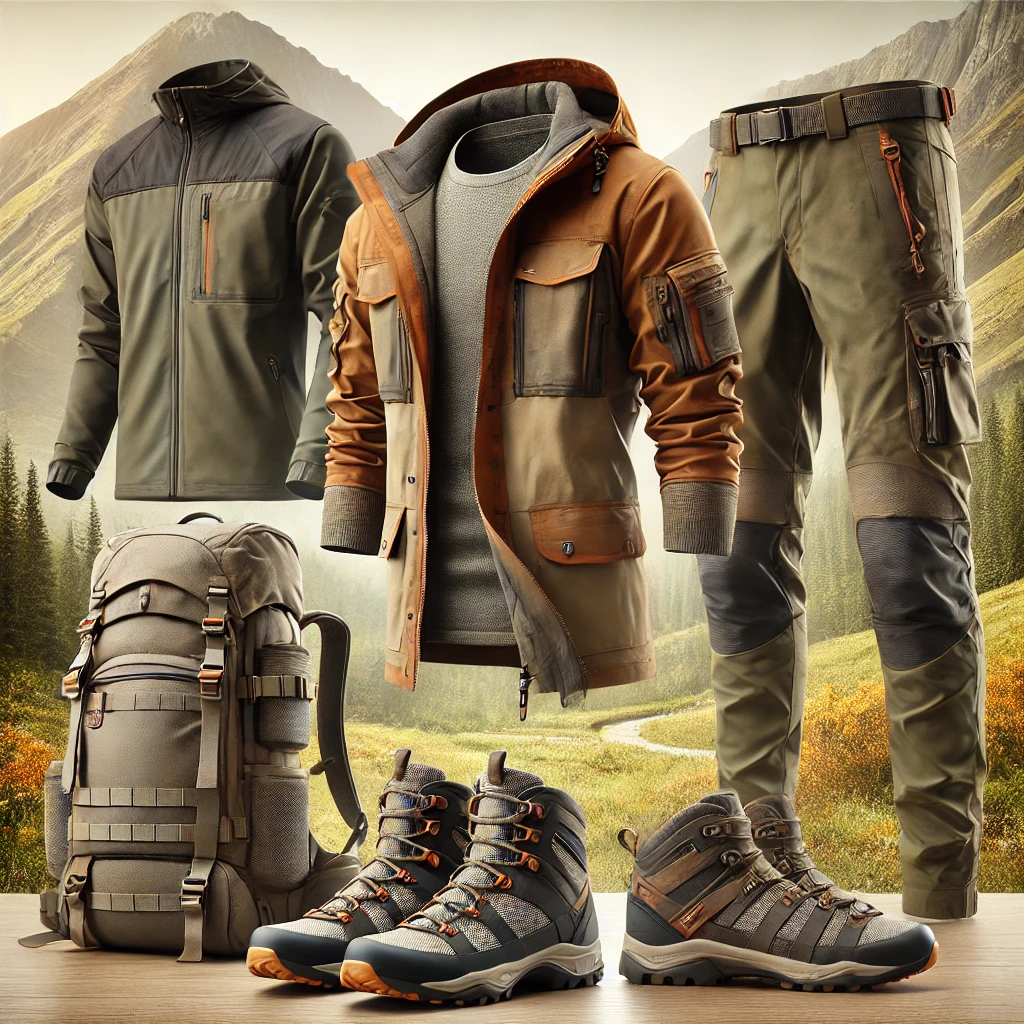
1. Backpack: Your Travel Buddy
First things first, you need a sturdy backpack. This will be your main companion during the trek. It should be comfortable and big enough to carry all your stuff, but not so big that it becomes too heavy. A 30 to 40-liter backpack should be perfect. Make sure it has padded straps and a waist belt to help distribute the weight. Don’t forget to pack a rain cover for your backpack in case it rains!
2. Clothing: Stay Warm and Dry
Since you’ll be trekking in the mountains, the weather can be tricky—it can get chilly, especially at night, or it could rain! Here’s what you should pack:
- T-shirts and Quick-Dry Clothes: It’s important to wear light, breathable clothes during the day. Cotton can stay wet for a long time if it gets sweaty, so it’s better to wear quick-dry materials.
- Jacket (Warm Layer): Nights in the mountains can be cold. A warm fleece jacket or a down jacket will keep you cozy.
- Rain Jacket or Poncho: Mountain weather can change suddenly, so a lightweight rain jacket is essential.
- Trekking Pants: Comfortable pants that are light and quick to dry are the best. Avoid jeans!
- Thermal Innerwear: If you're trekking during colder months, thermal layers can help keep you warm.
- Cap and Gloves: A woolen cap and gloves are good to have, especially in the evenings when it gets cold.
3. Footwear: Protect Your Feet
Your shoes are super important because you’ll be walking a lot! Make sure to wear sturdy trekking shoes that have a good grip and are comfortable for long hikes. Also, pack:
- Extra Socks: Your feet can get sweaty, or sometimes socks get wet, so having extra pairs is always a smart idea.
- Flip-Flops or Sandals: Once you’re done trekking for the day, it’s nice to let your feet relax in something light.
4. Sleeping Gear: Snuggle Up!
If you’re camping during the trek, a good sleeping bag is a must. It will keep you warm and cozy when you’re sleeping outdoors. If you don’t have your own tent, many trekking companies or guides provide it. If you’re staying in a guesthouse, they’ll have blankets, but your own sleeping bag can be a more comfy option.
5. Water and Snacks: Fuel for Your Body
Staying hydrated is super important during any trek. Carry a water bottle—preferably something that can hold at least 1 to 2 liters. You can also bring a hydration pack that lets you sip water while walking.
For snacks, pack things like:
- Energy Bars or Granola Bars: These are great for giving you quick energy during the trek.
- Dry Fruits and Nuts: Almonds, raisins, and cashews are perfect for snacking and are healthy too!
- Chocolate or Candies: These can be a fun treat during the walk.
6. Health Kit: Just in Case
A small first-aid kit is something you should never forget. Here’s what should be in it:
- Band-Aids: For small cuts or blisters.
- Antiseptic Cream: In case you get a scrape.
- Pain Relief Spray or Cream: For any muscle soreness after long days of trekking.
- Any Personal Medications: If you need specific medicine, don’t forget to pack enough for the entire trip.
- Sunscreen: The sun can be strong even in the mountains, so protect your skin!
- Lip Balm: The wind and cold can dry out your lips, so it’s handy to have lip balm.
- Hand Sanitizer: Keep your hands clean, especially before eating.
7. Trekking Essentials: Tools of the Trade
A few extra things will make your trek smoother:
- Trekking Poles: These are really helpful when climbing steep or rocky paths. They help keep your balance.
- Headlamp or Flashlight: It gets dark early in the mountains, so a headlamp or flashlight is useful for walking around at night.
- Sunglasses: The sun in the mountains can be harsh, especially with the reflection from snow (if there’s any). Protect your eyes with good sunglasses.
- A Small Towel: A quick-dry towel is useful if you need to freshen up along the way.
8. Documents and Money: Be Prepared
You won’t need much in terms of documents, but it’s always good to carry a copy of your ID (like an Aadhaar card) and a little bit of cash for small expenses. Many villages and guesthouses in Rajgundha might not accept cards, so cash will be helpful.
9. Camera or Phone: Capture the Memories!
Don’t forget to bring your camera or phone to capture the amazing views! Rajgundha is super scenic, and you’ll want to remember those moments. Just make sure to bring a power bank because charging points might not be available everywhere.
Conclusion:
The Rajgundha Valley Trek is a hidden treasure nestled in the Himalayas, offering an unforgettable experience for nature enthusiasts, adventure seekers, and those looking to escape the hustle and bustle of crowded trails. Whether you're camping under a blanket of stars, exploring charming Himalayan villages, or trekking through lush forests, Rajgundha provides a perfect balance of beauty, tranquility, and adventure. With easy access from major hubs like Delhi, Dharamshala, and Manali, this trek is an excellent choice for anyone looking to explore the Himalayas off the beaten path. Remember to respect nature, follow the trekking guidelines, and prepare adequately to ensure a safe and rewarding journey.
Hello! I’m,Ratndip a dedicated trekking enthusiast with a deep love for exploring the world’s most captivating trails. With over 2 years of trekking experience, I’ve had the privilege of hiking through stunning landscapes, from the majestic Himalayas to the lush Amazon rainforest. My journey into trekking started as a personal quest for adventure and has evolved into a lifelong passion for discovering new terrains and connecting with nature.